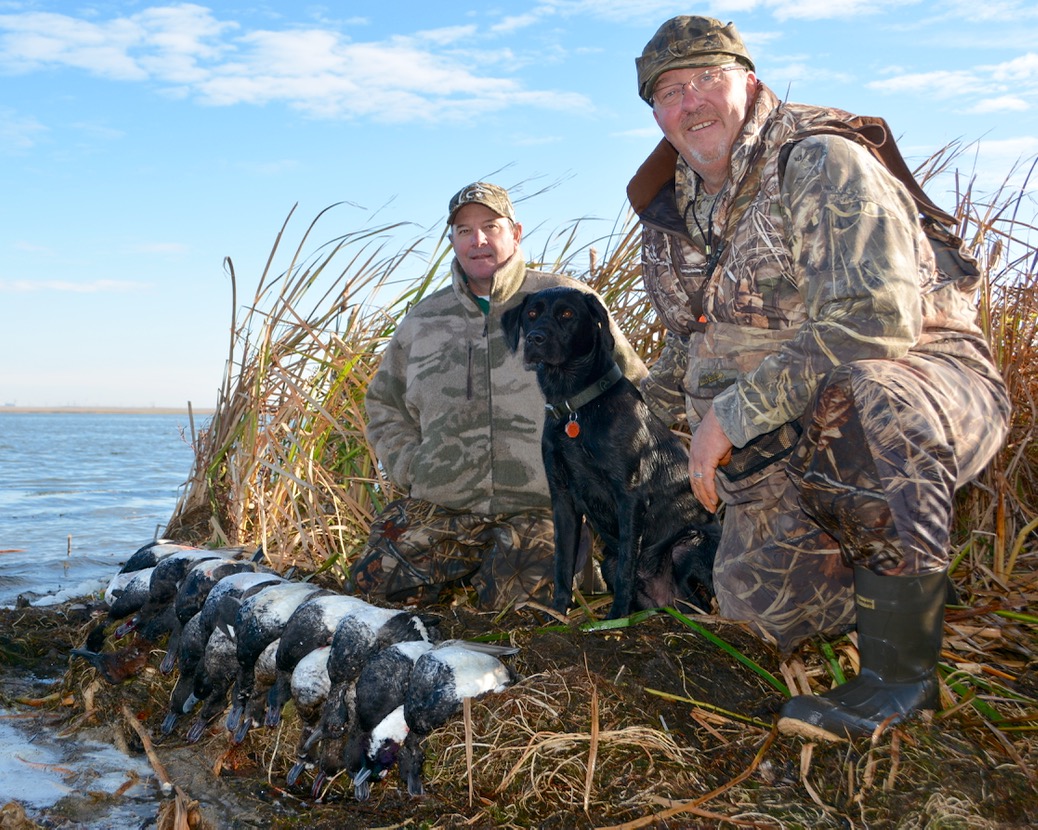Line ’em up!
Too many distant divers are failing to see your decoys? Go old school and set out a long-line spread to lure them in
Advertisement
WHEN AND WHERE TO SET UP
Long lines offer a distinct advantage over traditional decoy spreads in several situations. They’re best suited to hunting big marshes and large expanses of open water, or where there’s very little shallow water adjacent to your blind, making it difficult to use large numbers of individually strung decoys.
Advertisement
The long-line strategy is all about attracting distant ducks that would otherwise not see your decoy spread. Unlike dabblers, diving ducks generally fly low to the water, so they often don’t see traditional decoy sets, no matter how carefully they’re placed.
In my experience, long lines are at their best when you’re hunting scaup, ringnecks and redheads, which tend to fly the lowest over water. I’ve also used long lines successfully for hunting canvasbacks, although they don’t respond nearly as well, probably because they tend to fly higher than the other pochards. That said, I seldom set up for cans without a long-line rig.

As a rule, dabbling ducks don’t respond to long lines very reliably. Again, because they tend to fly higher than divers, dabblers can easily see traditional decoy spreads from a distance, making a long line somewhat unnecessary. And unlike divers, they’re not particularly tuned-in to specific flight paths on large marshes. Dabblers also don’t like to fly over decoys, while divers will often fly over your blocks and land at the head. For reasons I can’t explain, northern shovelers seem to be the exception—I’ve had many occasions when they’ve turned on a dime and flown straight up my long line, much like a flight of bills.
Advertisement
While the most common use of a long line is to attract distant diving ducks on large bodies of water, they’re also of strategic use where there’s a natural pinch point between two islands or points of land. A little observation will quickly identify where the ducks like to fly, and a long line set across that gap will act like a fence, keeping the birds on the preferred side where your blind is located.


